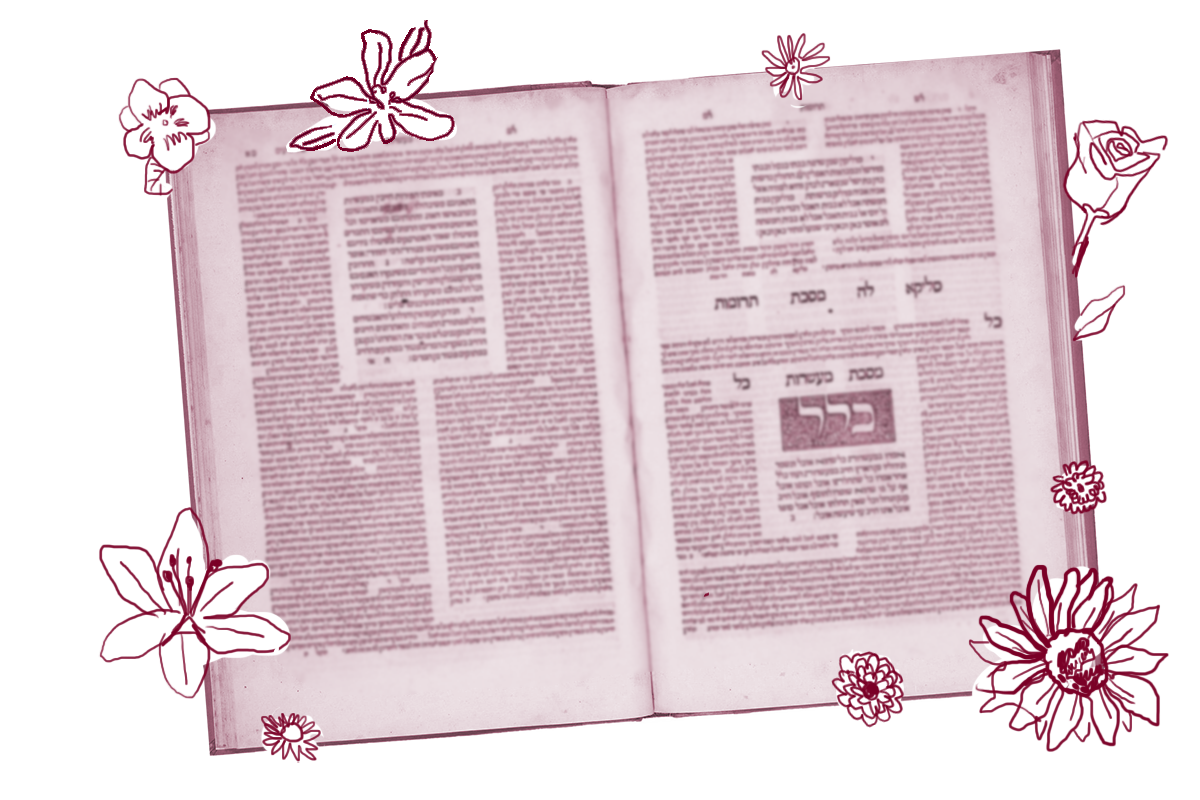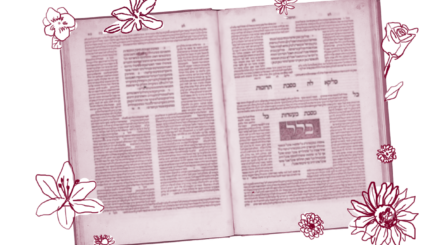On today’s daf, a mishnah lays out some standards regarding wine used for idolatrous libations. We learn that a Jewish laborer who works with this type of wine, or who rents out a donkey so it can be transported, can’t benefit from the wage payment or rental fee. But if a Jew is hired for general work, or if the donkey is rented out for sitting on, and some wine happens to be transported as part of these arrangements, they can take the money and use it as they see fit.
That’s for wine used for libations. But what about non-Jewish wine that is not used for idolatrous purposes, what the Gemara calls “nondescript wine”? Does that also compel the Jew who worked to produce it to forgo his wage because we take a similarly stringent approach? Or is non-idolatrous gentile wine akin to the more lenient rules about ritual impurity, which would suggest a more permissive approach to allowing the laborer to benefit from his wage? The Gemara answers by offering this story:
There was a certain man who rented out his ship for transporting nondescript wine and was given wheat in payment. He came before Rav Hisda, who said to him: Go burn it and bury it in a graveyard.
Rav Hisda is pretty clear: Gentile wine is gentile wine and you can’t derive benefit from payments associated with it regardless of whether it was used for idolatry. But the Gemara is concerned not about the scope of the prohibition, but about the method for disposing of the wheat:
But let him say: Scatter it. The Gemara responds: It might cause a mishap (if people find kernels of the scattered wheat and gather them for eating).
The Gemara challenges: But then let him burn it and scatter it. Perhaps people will fertilize with it.
Burning and burying the wheat is onerous. Why not let the ship owner just scatter the kernels? Because it’s possible people will find the kernels and eat them. And if it’s burned and scattered, people may use it as fertilizer. Getting rid of the wheat in a way that no one will accidentally benefit from it is harder than you might think.
The Gemara pushes back:
Didn’t we learn that the stone (with which a condemned person) is stoned, and the tree on which (his corpse) is hung, and the sword with which he is killed, and the scarf with which he is strangled — all are buried with him.
Grasping at straws, the Gemara draws an analogy with an executed individual and the implements used in their execution, which are similarly off-limits with respect to benefit. All the implements are thus buried with the executed person, no burning required. As such, it seems appropriate to bury the ill-gotten wheat without burning it too.
But this is unconvincing:
There, since they are buried in the court (graveyard), the matter is clear that these were executed by the court. Here, the matter is not clear, as one might say a person stole the wheat and brought it and buried it here.
It’s obvious that the implements of execution are prohibited because they are buried in a court graveyard alongside criminals. But with scattered wheat, its provenance isn’t obvious, so there’s no way anyone would know if it had some connection to idol worship and should be off limits.
The Gemara doesn’t revolve this cleanly. We have to wait another couple of centuries for the Mishneh Torah to codify the principle that if the gentile gives the Jew various items in payment for producing wine, they should be burned and buried. The Shulchan Aruch reaches a similar conclusion, holding that fruit received as payment should be burned and buried in a cemetery. However, the Rama notes here and elsewhere that there’s more leniency in current times around this topic because using wine as a libation isn’t how gentiles tend to worship these days. As a result, we can take a more moderate approach unless we’re absolutely certain of the wine’s idolatrous purpose.
Read all of Avodah Zarah 62 Sefaria.
This piece originally appeared in a My Jewish Learning Daf Yomi email newsletter sent on August 19, 2025. If you are interested in receiving the newsletter, sign up here.
With your help, My Jewish Learning can provide endless opportunities for learning, connection and discovery.



